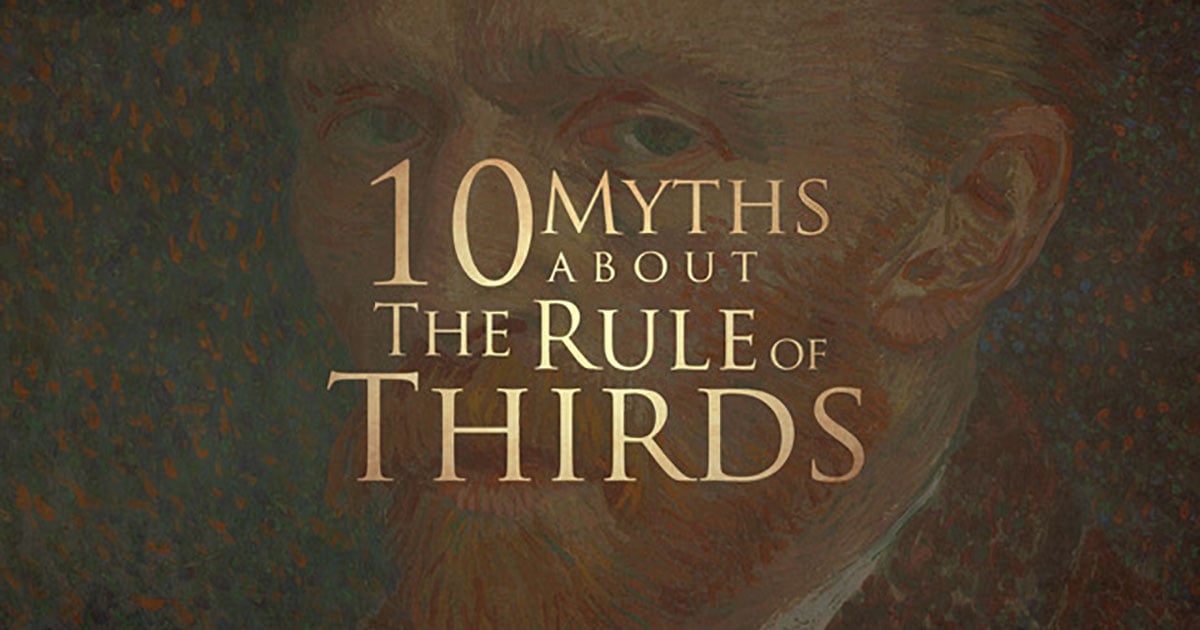Manual is great to learn about what’s happening and why. Remember though, that once you have a good grasp of the technical aspects, you can then use that to make the camera do the work for you.
Canon cameras are particularly good at this, as they have a unique way of controlling the relationships between parts of those aspects. See the /v settings on the mode dial.
Once you have the camera doing stuff for you it starts to get out of the way and your mind becomes free of those distractions. Your photos will improve as a result.





















Was that the first version Nexus 7? I had the refreshed version and it was my favourite bit of tech ever. I ran it for about 5 years until the screen and battery both died. I loved that thing.